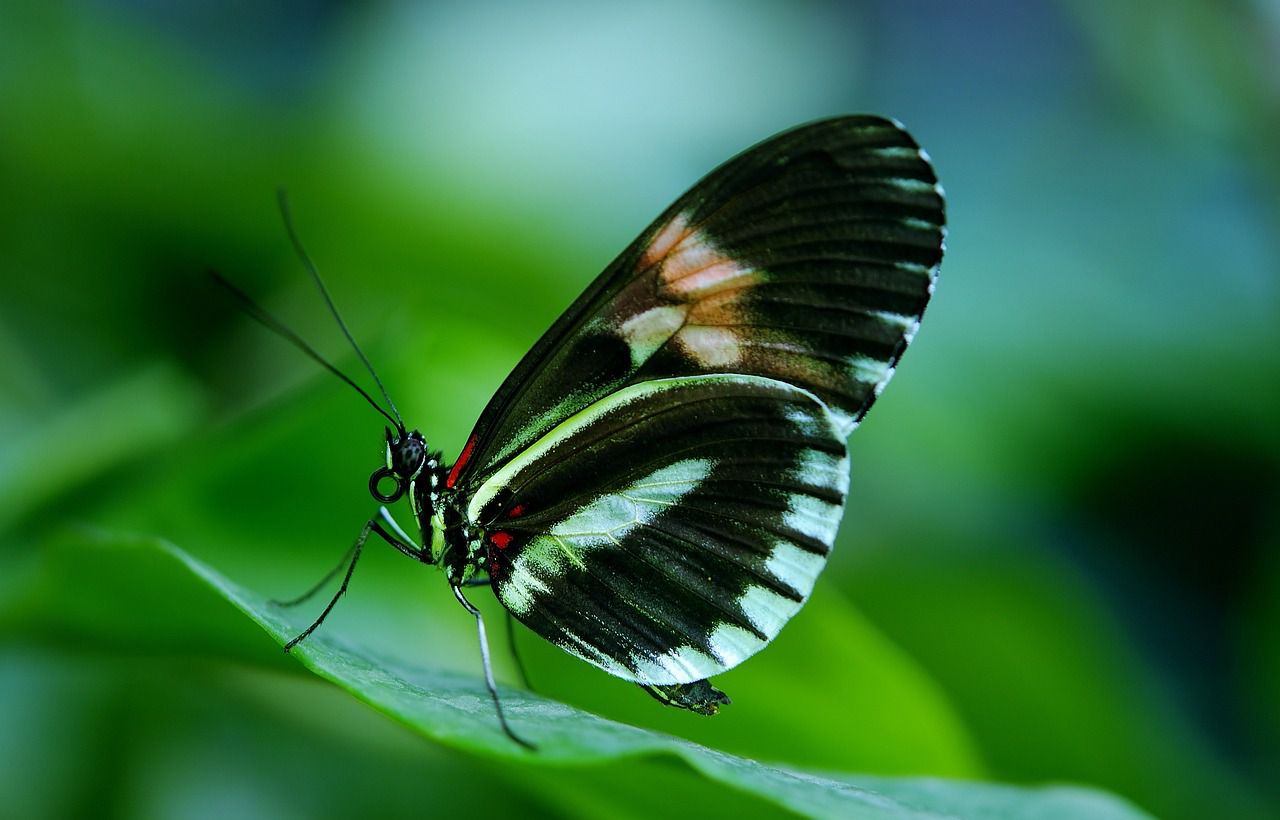The concept of intelligence can be complex and multi-faceted, and it varies depending on how one defines and measures it.
Insects, despite their relatively simple nervous systems and small brains, exhibit remarkable adaptive behaviors and problem-solving skills that allow them to thrive in diverse environments.
Here are some examples of insect intelligence.
Learning and memory
Many insects can learn from their experiences and remember crucial information to improve their future decision-making.
For instance, honeybees communicate the location of food sources through the "waggle dance" and remember the position of these resources for days.

Complex communication
Insects communicate through various means, including pheromones, sounds, and visual displays.
Ants, for example, use chemical trails to mark paths to food sources, nests, or danger areas, enabling them to coordinate large-scale foraging operations.
Social organization
Insects like ants, termites, and bees display sophisticated social structures with roles such as workers, soldiers, and queens.
They cooperate and coordinate tasks to maintain the colony's functioning.
Navigation
Many insects, including bees and butterflies, demonstrate impressive navigational abilities.
They can use the sun, landmarks, and even the Earth's magnetic field to find their way over long distances.
Tool use
Some insects, like the leaf-cutter ant, use leaves as tools to cultivate fungus for food, demonstrating a level of resourcefulness.









